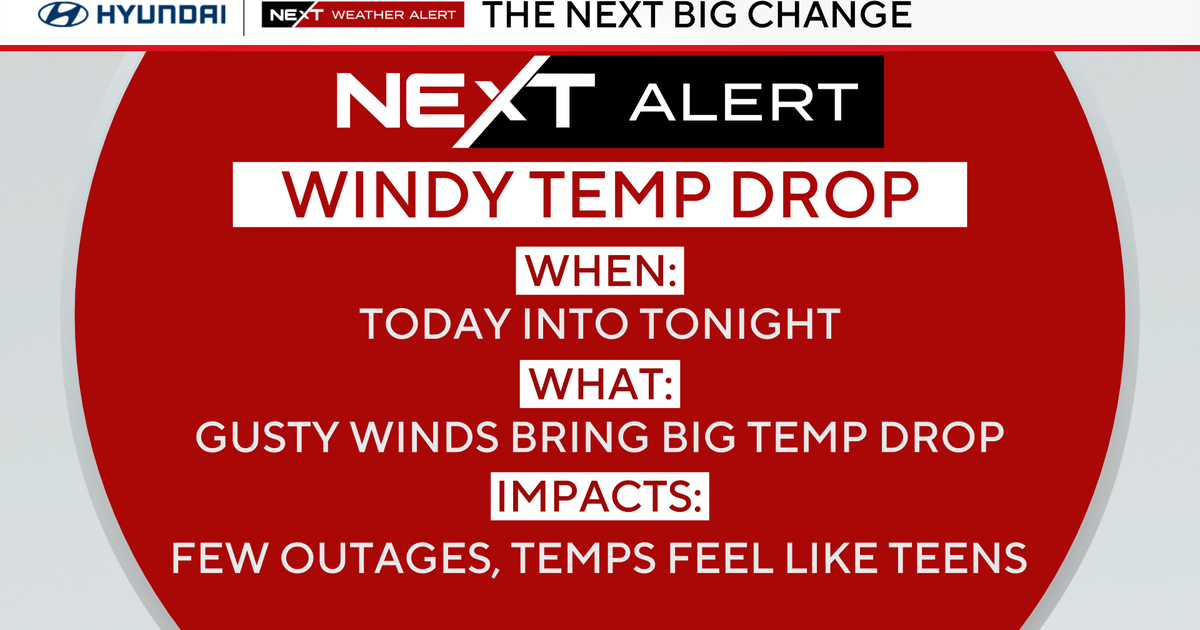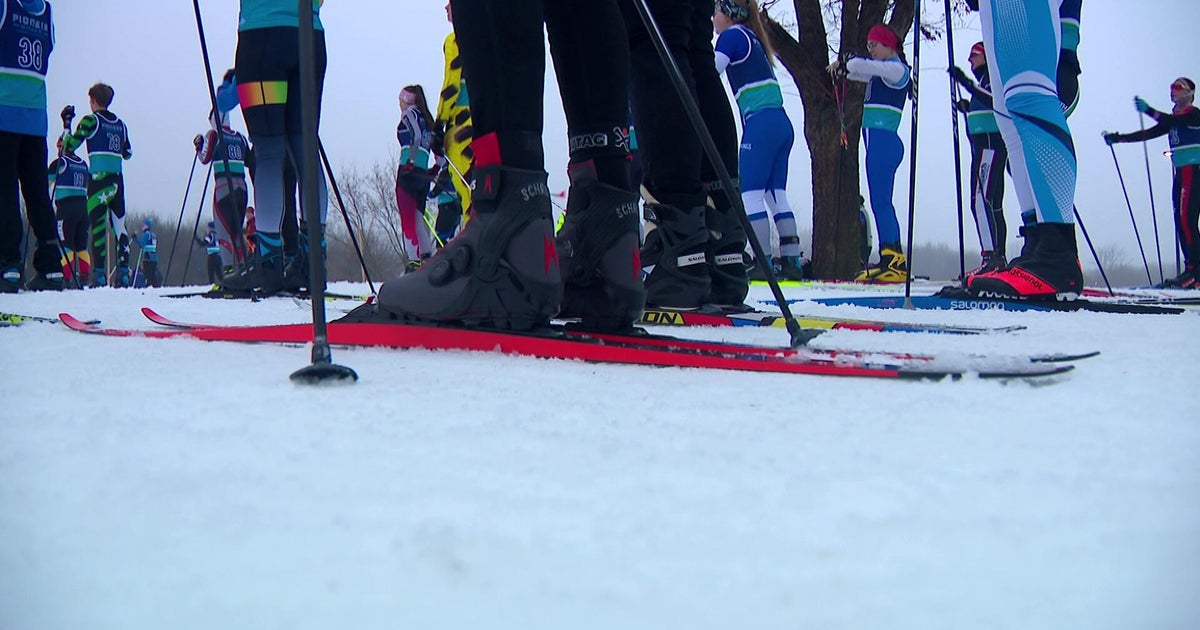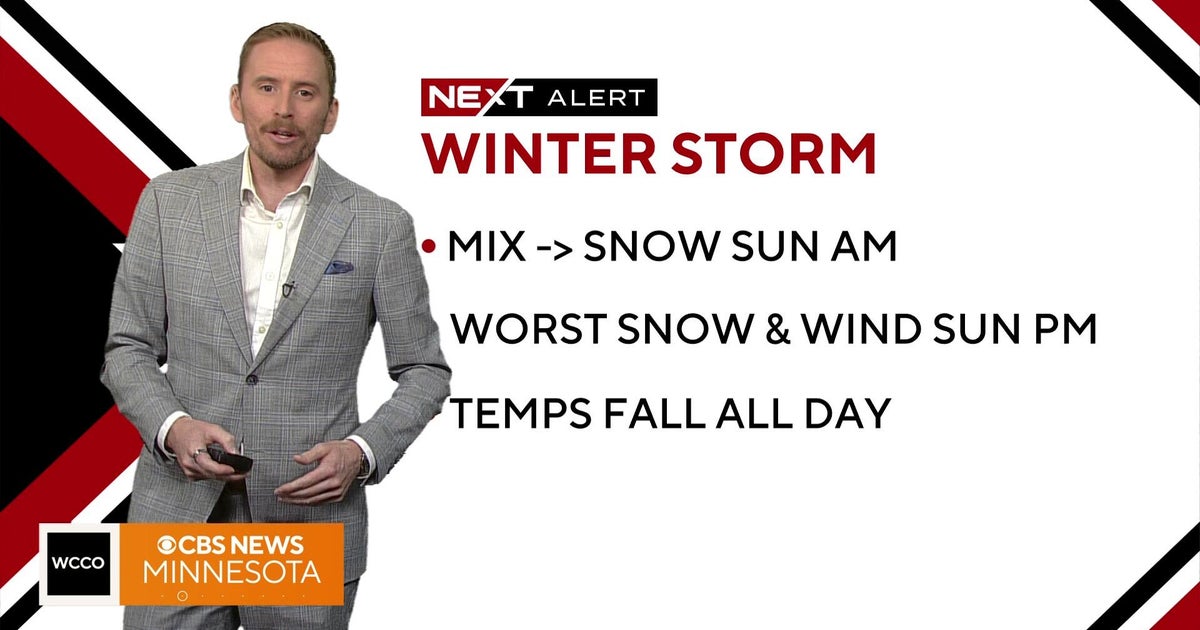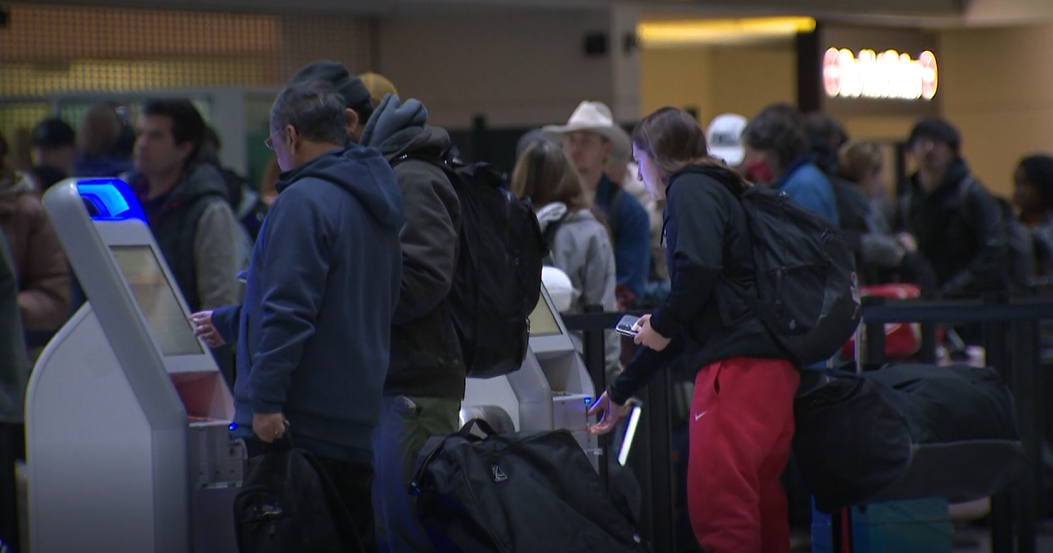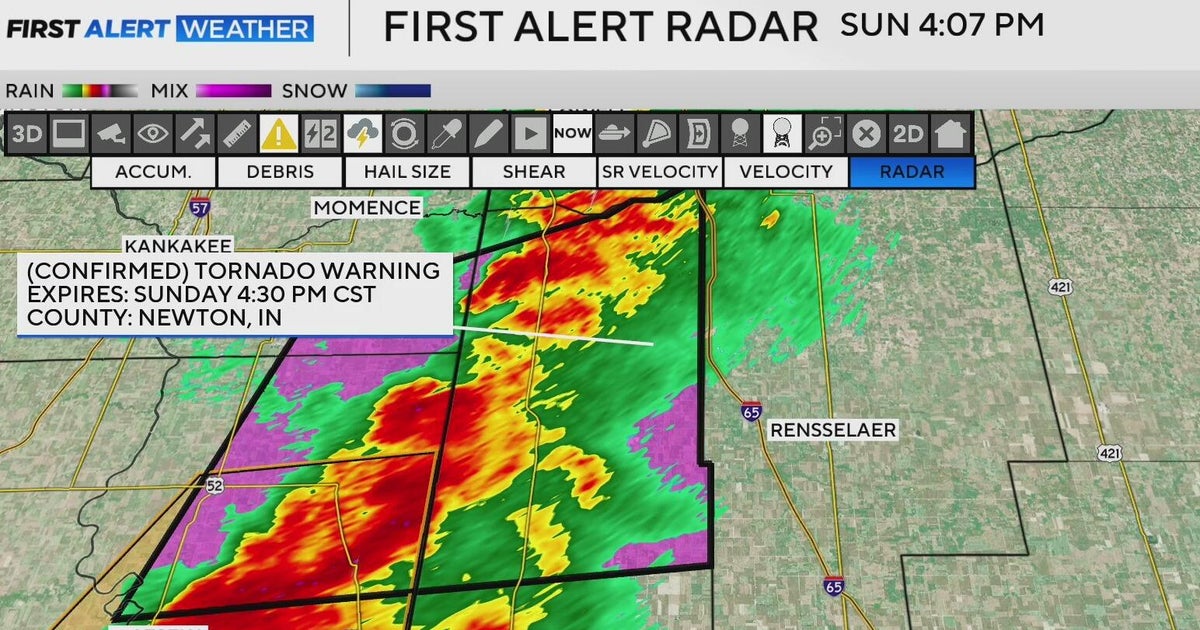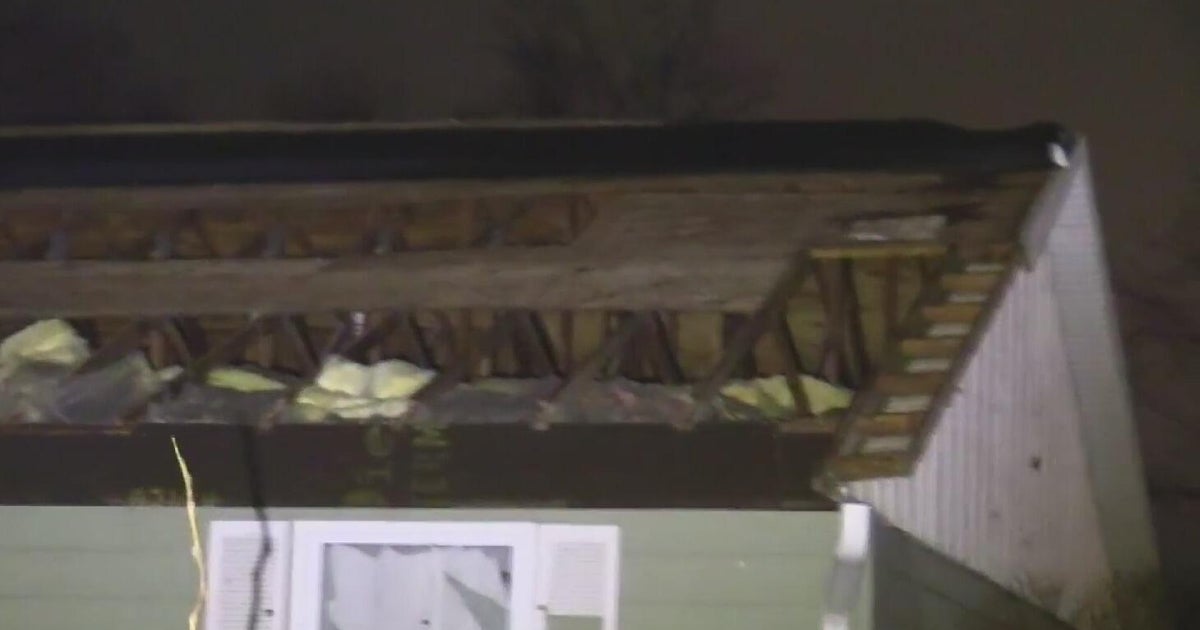Good Question: How is visibility determined?
MINNEAPOLIS — Morning after morning, we've woken up to dense fog advisories this winter. But all year round, the weather can impact visibility.
That had Dennis from New Prague wanting to know, how is visibility determined? Good Question.
"Visibility — it's not just someone with binoculars saying, 'I can see this far,'" reporter Kirsten Mitchell said.
"Most of the times, no," WCCO meteorologist Adam Del Rosso said. "We have this network of weather observing stations.
There's more than 900 of them nationwide — commonly found at airports.
GOOD QUESTION: Why are some people early birds and others night owls?
Known as an Automatic Surface Observing System, or ASOS, it collects all sorts of weather data. The vast majority of ASOS include a visibility sensor.
The ASOS is a joint effort between the National Weather Service, the Federal Aviation Administration and the Defense Department.
"There are two detectors that are pointed at each other at an angle, they take a little sample of that air and they're able to figure out based on how much light is being refracted, reflected off that sample, then they're able to correlate the visibility is on a larger scale," Del Rosso said.
That data is pushed out to the meteorologists like those at WCCO.
Visibility is measured in miles in the United States.
Delta Air Lines Captain Scott Calvert knows the importance of visibility.
"Just like on the roads, it affects the runways," he said.
He's been a pilot for almost 30 years.
"It's actually the taxiing, that's the part people don't think about right away. We fly in the clouds all the time. Flying on instruments is no big deal," Calvert said.
GOOD QUESTION: What do mosquitoes do during winter and when will they return?
But on the ground, there's obstacles. It's why visibility is determined by all sorts of people and technology, from the air traffic control tower to the runway.
"Now what we use in the aviation world is what we call runway visual range and its actually a measurement of how many feet in front of you, how far down the runway line can you see," Calvert said.
Just like weather, each airport is different.
"We can actually go as low as 300 feet in some cases, and it's runway and airport dependent. However, the FAA has certified those places," Calvert said.
It is important to have accurate visibility detectors.
"The results could be crashes on the highways, crashes in airplanes and, thankfully, we have such a safe network with all of these regulations," Del Rosso said.
